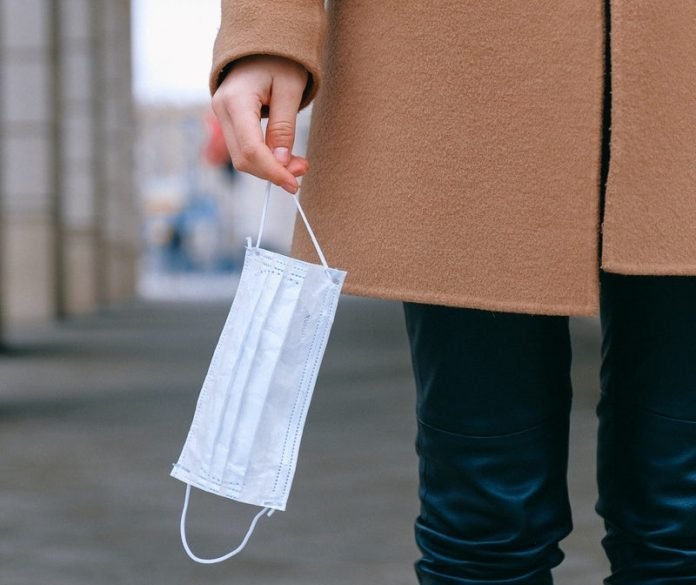
In a new study, researchers found that in the race to stop the spread of COVID-19, a three-layer cloth mask that fits well can effectively filter COVID particles.
After testing several different mask styles and 41 types of fabrics, they found that a mask consisting of two layers of low-thread-count quilting cotton plus a three-ply dried baby wipe filter was as effective as a commercial non-surgical mask at stopping particles—and almost as breathable.
The cloth masks filtered out up to 80% of 3-micron particles and more than 90% of 10-micron particles.
The research was conducted by a team at the University of British Columbia.
In the study, the team focused on particles larger than one micron because these are likely most important to COVID-19 transmission.
While the COVID-19 virus is only around 0.1 micron in size, it is always attached to something larger, like the droplets produced by breathing, talking and coughing, which are typically in the micron and not submicron range.
World Health Organization guidelines recommend three layers for a non-medical mask: an absorbent inner layer near the mouth, a middle filtration layer and an outer layer exposed to the external environment.
In the study, the team recommends specific fabrics for different parts of the mask: double-knit cotton, quilting cotton, knit nylon or polyester satin for the outer layer, and double-knit cotton, quilting cotton or simple-weave silk for the inner layer that sits closest to the skin.
Nylon and polyester repel water, keeping harmful droplets from penetrating through to the inner layers.
Cotton and silk feel comfortable, breath well, and wick away moisture. Importantly, fabric construction is important to breathability and filtration efficiency.
Dried baby wipes, which can be swapped out, make surprisingly good filters.
The team says baby wipes are typically made of spunlace and spunbond polypropylene—similar to the types of polypropylene found in medical masks and N95 respirators.
Aside from choosing efficient, breathable materials, it’s important to have a good seal around the mask.
Even an N95 mask is going to take in large, massive droplets with lots of viruses if it does not seal against the face.
A well-fitted, well-designed cloth mask with a baby-wipe filter will be more effective at filtering 5- or 10-micron particles than a poorly fitted N95 mask.
The team added that the highest leak rates are around the nose, chin and the cheeks, and pleated-style masks tend to leak the most.
The mask should not sit flat against the mouth and nose, because it will be less breathable, as there’s only one very tiny portion of the fabric actually exchanging air.
One author of the study is Dr. Steven Rogak, a professor of mechanical engineering.
The study is published in Aerosol Science and Technology.
Copyright © 2021 Knowridge Science Report. All rights reserved.



